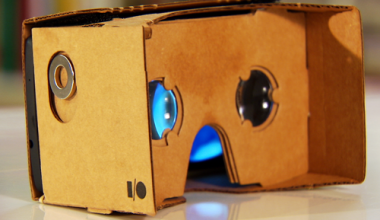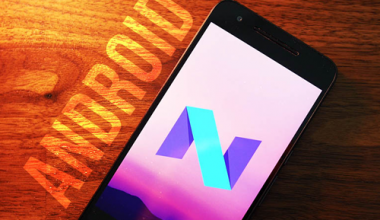Apple has finally placed a deadline on its rejection of apps that use UDIDs. As of May 1st, Apple will no longer accept new apps that use the Universal Device Identifier. In addition, all apps must be compatible with Apple’s Retina displays and iPhone applications must support the 4″ iPhone 5 display, or they’re no go.
Here are the notices:
Starting May 1, the App Store will no longer accept new apps or app updates that access UDIDs. Please update your apps and servers to associate users with the Vendor or Advertising identifiers introduced in iOS 6
Starting May 1, new apps and app updates submitted to the App Store must be built for iOS devices with Retina display and iPhone apps must also support the 4-inch display on iPhone 5
The ban on apps that don’t support the iPhone 5′s display is an interesting one, as there are still many apps out there on the store that are stuck at the old ‘letterboxed’ resolution of the iPhone 4/4S. For whatever reason, Apple has had a hard time convincing some developers to update their apps to support the iPhone 5′s display. While most marquee apps have been updated, there are still a few on my device that are not updated. Now, if they want to fix any bugs or add any new features, they’ll also have to be iPhone 5-ready.
Back to the issue of UDIDs, though. If you’re unfamiliar with their history and why Apple dislikes them so much, here’s a summary from our 2012 year-end Apple post:
Apple has been warning developers for some time to stop using a device’s Unique Device ID to track it for advertising, upgrade or any other purpose. The use of UDIDs had been very prominent with ad networks, though there are definitely some legitimate non-ad uses of these identifiers. In May of last year, it started banning some apps that were using them in even ‘ok’ ways. At the time, we mentioned that if Apple was banning developers for using them, then it needed to provide a good alternative.
Apple delivered that with the Advertising Identifier with iOS 6. It’s a number that was unique but not tied specifically to a piece of hardware, and one that could be changed when reset. Some advertisers still feel that this is a poor option, but Apple now allows users to limit ad tracking with a toggle in the Settings app.
This makes it harder on developers, but easier on consumers looking to limit how much information they share about their habits. It also likely fulfills a promise that Apple made to a Senate subcommittee that it was going to make privacy issues more transparent for its users in the future. The issues surrounding UDID exposure and tracking came to a head late in the year when a database containing 1 million of these numbers was exposed by the AntiSec hacking group.
The group claimed to have retrieved them from the laptop of an FBI agent but the agency denied the claims. When the hack went down, we provided a custom-made tool that allowed you to check (in a secure page and without retaining any numbers in our records) whether or not your UDID was in the list of compromised records released by AntiSec.
The true origin was revealed when Paul Dehart, CEO of Blue Toad, came forward and said that the UDIDs came from the company’s servers. The company, which makes software for publishers, was obviously one who had been using it to track advertising and other habits.
The UDID is fraught with issues, and Apple has wanted it out for some time. Now, it has a deadline, so start culling it from your iphone apps developers.




